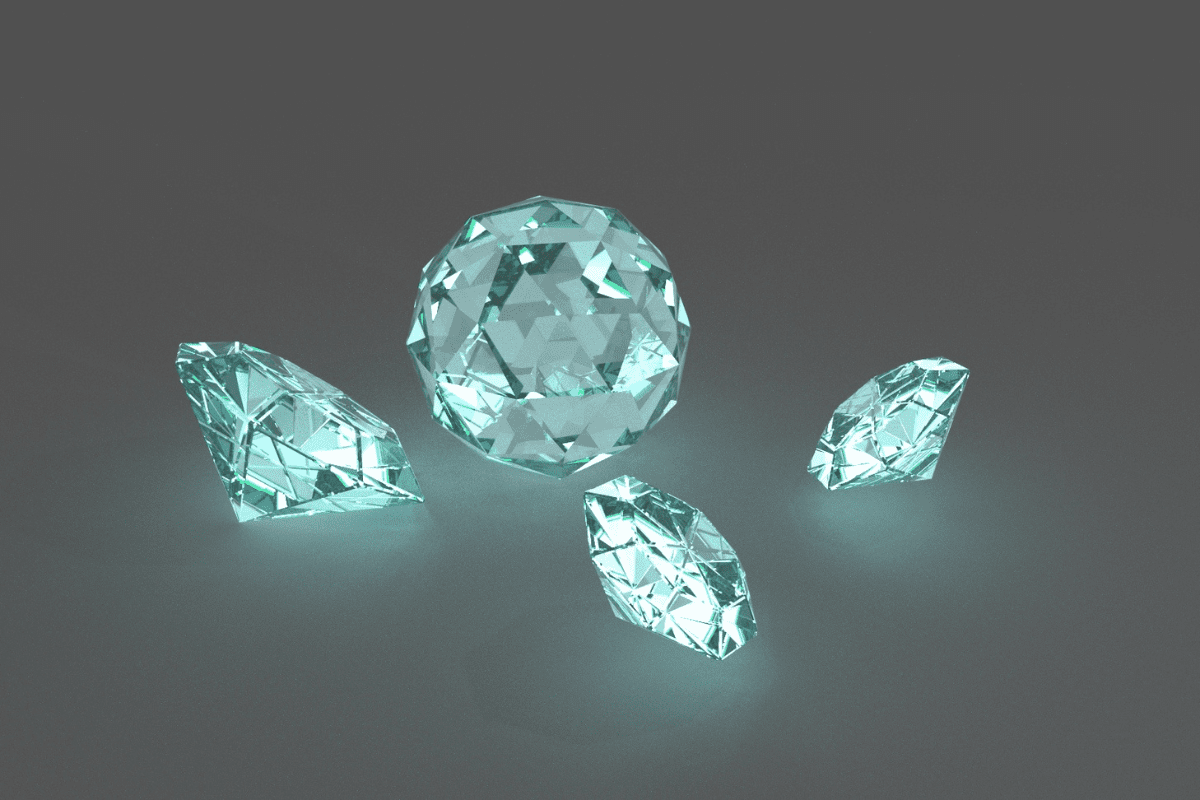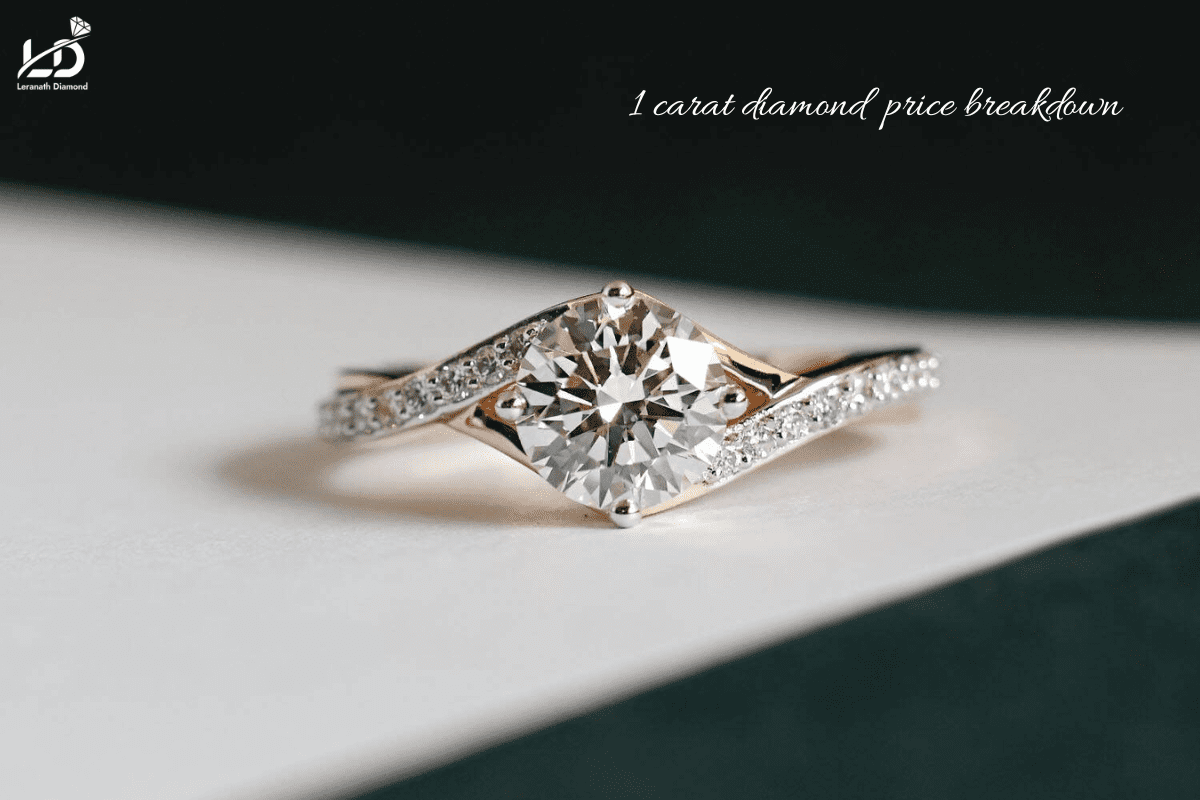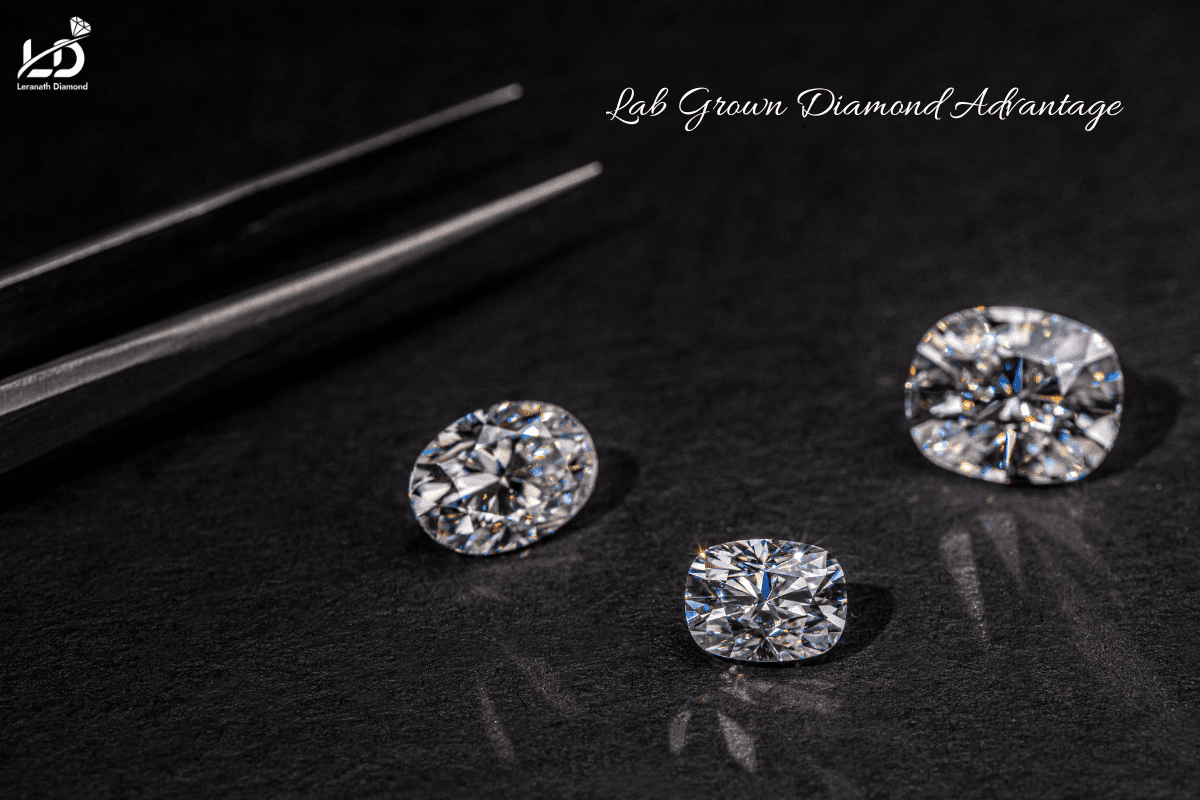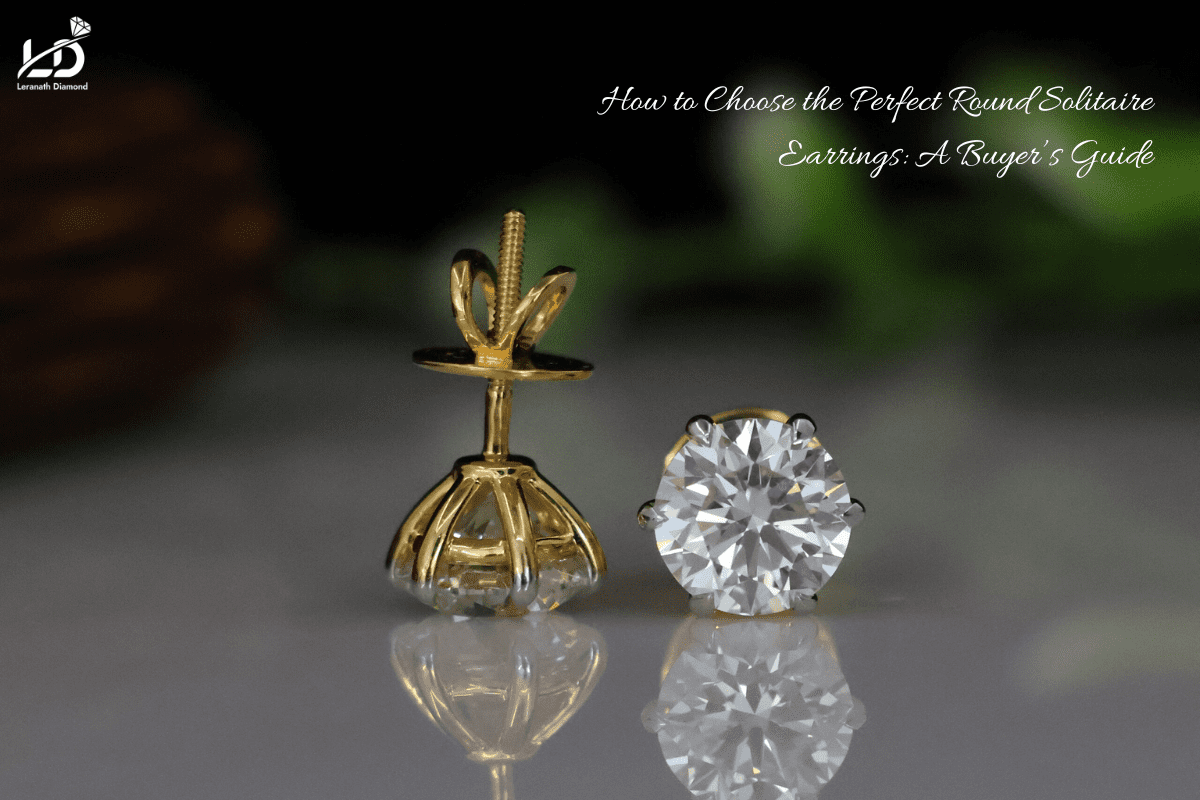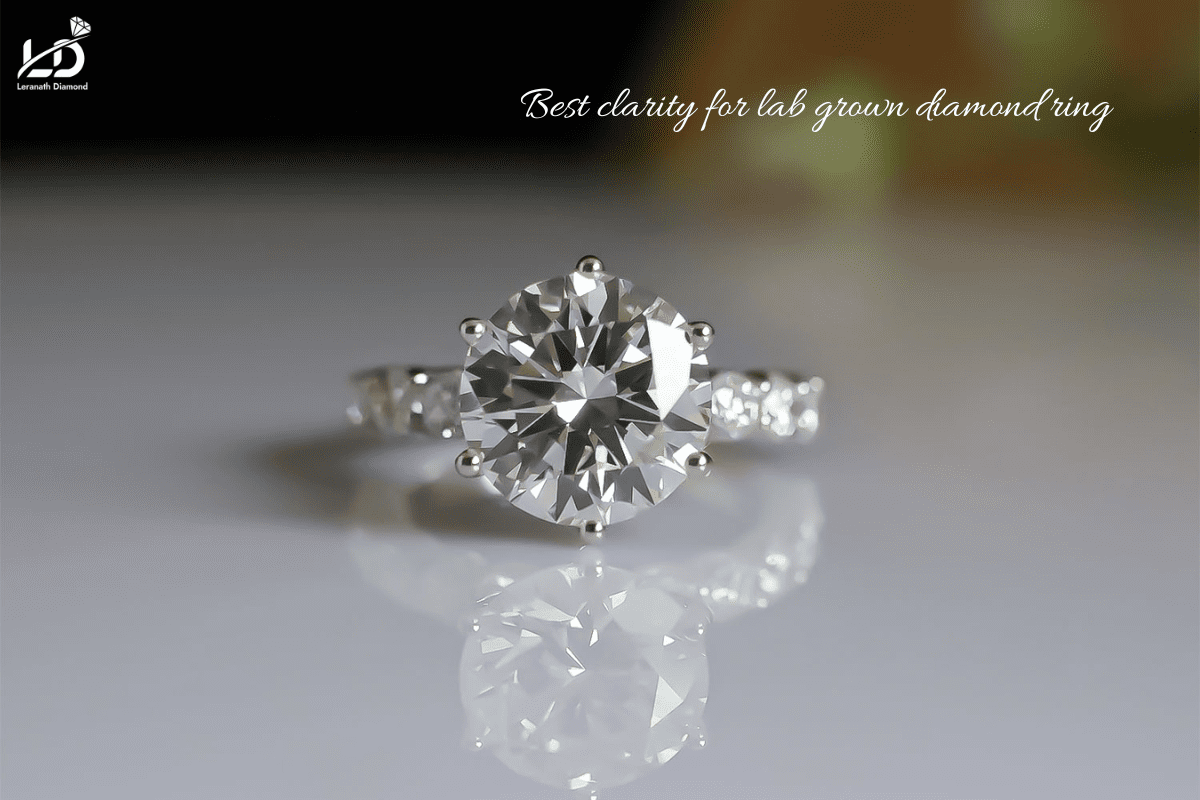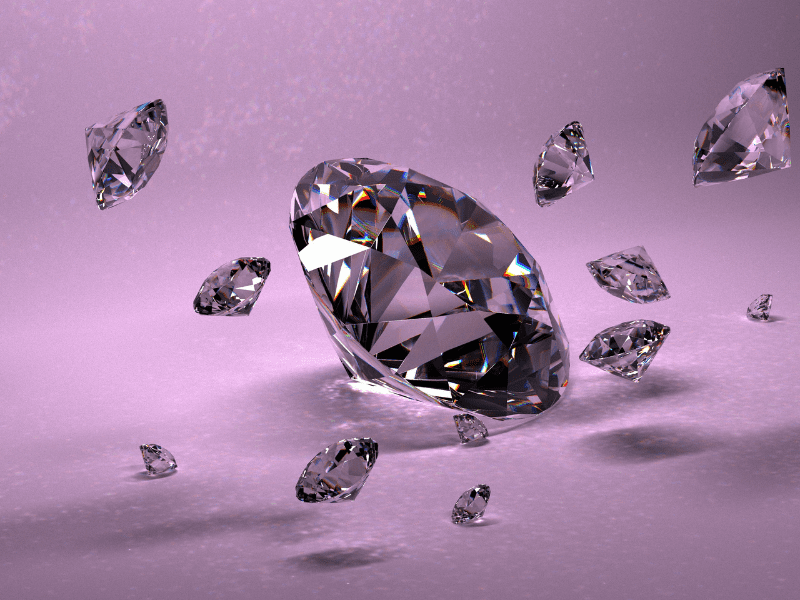
What are CVD diamonds ?
A CVD diamond, or Chemical Vapor Deposition diamond, is a lab-grown diamond created in a laboratory using carbon-rich gases. Man-made, yet chemically, physically, and optically the same as natural diamonds, these diamonds are so identical to natural diamonds that even experts need special equipment to tell them apart.
While the HPHT produces diamonds through simulating natural processes of diamond formation, extreme pressure, and heat, the CVD is a process in which diamonds grow layer by layer inside a vacuum chamber. However, CVDs are generally perceived to be inferior in quality as compared to HPHTs since they have a higher possibility of defects.
Despite this, many people do seek CVD because they can opt for an ethically sourced, eco-friendly, and highly affordable form of diamond when considering jewelry with something that does not closely match in comparison to the higher quality that a HPHT presents.
Here’s a Little About the Short History of CVD Diamonds
In 1954, General Electric created the first CVD diamonds in a process that grows diamonds layer by layer in a vacuum chamber. This procedure is very different from HPHT, the technique discovered earlier, which holds a diamond at extreme pressure and heat to produce synthetic diamonds. Although HPHT diamonds may be of superior quality, industries primarily used CVD diamonds.
In 2003, scientists perfected CVD technology to create the first gem-quality diamond that can be used as jewelry. Being of better color and clarity than the older natural diamonds, the CVD-made diamonds are far more affordable, ethical, though still considered lower in quality than HPHT diamonds.
CVD Diamond Properties
The physical, chemical, and optical properties of CVD diamond are the same as natural diamond. Pure carbon atoms arrange themselves in a crystal lattice structure, giving CVD diamonds the same hardness (10 on the Mohs scale) and brilliance. Like natural diamonds, CVD diamonds remain unaffected by acids or other chemicals, which makes them incredibly durable and resistant to corrosion. Growers can cultivate them with fewer impurities, and they are available in a range of colors and sizes. While they offer the same sparkle and strength, CVD diamonds are more affordable and environmentally friendly because they grow in a laboratory.
Properties of CVD Diamonds:
Chemical Composition : The same as natural diamonds – they arrange carbon atoms in crystal structure.
Clarity : Tends to contain fewer inclusions compared to the same natural diamonds.
Color : Colorless, near colorless, blue, pink, and yellow – or any color the customer requests
Size and Shape : Any size and shape – customized.
Sustainability : More eco-friendly because no mining is necessary.
Cost : Usually cheaper than natural diamonds
Durability : Since acid or other chemicals do not affect them, they are highly resistant to corrosion.
How Are CVD Diamonds Manufactured?
Step-by-step descriptions of how CVD diamonds are manufactured are as follows:-
Seed Selection : A vacuum chamber holds a thin slice of natural diamond (referred to as a seed).
Gas Introduction :A carbon-rich gas, usually methane, enters the chamber. Ionization: Microwaves or lasers ionize the gas into plasma, breaking down the gas molecules and releasing carbon atoms.
Diamond Growth : The carbon atoms deposit onto the diamond seed, layer after layer, for weeks, forming a diamond crystal.
Post Treatment : The diamond may receive HPHT treatments to improve its color and clarity.
Difference between CVD & HTPT diamonds
CVD and HPHT stand out as two of the very commonly used techniques for producing lab-grown diamonds, each featuring distinct characteristics and production processes. While they both yield diamonds chemically similar to those of their earth-mined counterparts, their production and resulting product go in very different ways.
Production Process:
CVD : They deposit carbon-rich gases in a vacuum chamber on atoms of carbon through a diamond seed layer by layer to form a diamond.
HPHT : Similarly, scientists simulate the process of formation in nature by applying extreme pressure of around 5-6 GPa and extremely high temperature ranging from 1,300–1,600°C to make a diamond.
Quality :
CVD Diamonds: Tend to have fewer inclusions, but may contain slight imperfections compared to HPHT diamonds. Lower quality in terms of clarity and brilliance, when compared to HPHT diamonds.
HPHT Diamonds: This means higher clarity and fewer inclusions due to the strength of pressure and heat used in creating them.
Color:
CVD Diamonds: They usually range from colorless to near-colorless (D to J) and jewelers can create them in fancy colors such as blue, pink, and yellow.
HPHT Diamonds: Generally produce diamonds with better color and clarity, especially in the D to G range, and also come in fancy colors.
Cost:
CVD Diamonds: Usually more affordable than HPHT diamonds, making them a great choice for budget-conscious buyers.
HPHT diamonds: Generally, such a process and its high energy content typically make it cost more because they are more complex compared to the next.
Sustainability
Both are more earth-friendly than mined stones, but many consider CVD diamonds somewhat more so due to their comparatively low energy output versus HPHT.
Both CVD and HPHT diamonds are great substitutes for mined diamonds. CVD diamonds are relatively more affordable and eco-friendly, while HPHT diamonds often possess higher quality with better color and clarity. It all depends on your budget, desired quality, and ethical considerations.
Is a CVD Diamond the Right Choice for You?
If you’re looking for an ethical, affordable, and high-quality alternative to natural diamonds, a CVD diamond could be the perfect choice. CVD diamond are chemically identical to natural diamond, offering the same brilliance, durability, and hardness, but at a significantly lower price. Scientists create them in a lab with fewer resources and without the environmental impact of mining, making them a more sustainable option. For those who are concerned about sustainability and would like to stay within budget, CVD diamonds are an excellent balance of quality and price.
However, if you are looking for the ultimate clarity and quality, then you may opt for HPHT diamonds because they are typically free of more inclusions and thus better in terms of overall clarity. In fact, it really comes down to your personal preference, budget, and what’s most important: sourcing an ethically responsible diamond. CVD diamonds are excellent for a very impressive, environmentally friendly diamond at a much more budget-friendly price point.
Important Considerations Before Purchasing CVD Diamonds
Certification : Ensure that the diamond is certified by a reputable gemological organization for authenticity and quality.
Color and Clarity : Look at the color (D to J) and clarity (SI1 to VS1) of the diamond for maximum visual appeal.
Cut Quality : A well-cut diamond will make the diamond shine bright and sparkle well.
Price Comparison : Compare prices to find the balance between quality and affordability.
Resale Value : Consider the potential resale value because CVD diamond will have a lower resale price than natural diamond.

